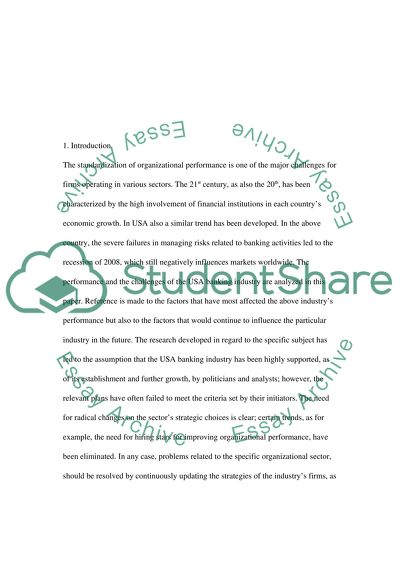Cite this document
(Financial Institutions Strategic Management The USA Banking Industry Case Study, n.d.)
Financial Institutions Strategic Management The USA Banking Industry Case Study. Retrieved from https://studentshare.org/finance-accounting/1594249-financial-institutions-strategic-management
Financial Institutions Strategic Management The USA Banking Industry Case Study. Retrieved from https://studentshare.org/finance-accounting/1594249-financial-institutions-strategic-management
(Financial Institutions Strategic Management The USA Banking Industry Case Study)
Financial Institutions Strategic Management The USA Banking Industry Case Study. https://studentshare.org/finance-accounting/1594249-financial-institutions-strategic-management.
Financial Institutions Strategic Management The USA Banking Industry Case Study. https://studentshare.org/finance-accounting/1594249-financial-institutions-strategic-management.
“Financial Institutions Strategic Management The USA Banking Industry Case Study”. https://studentshare.org/finance-accounting/1594249-financial-institutions-strategic-management.


